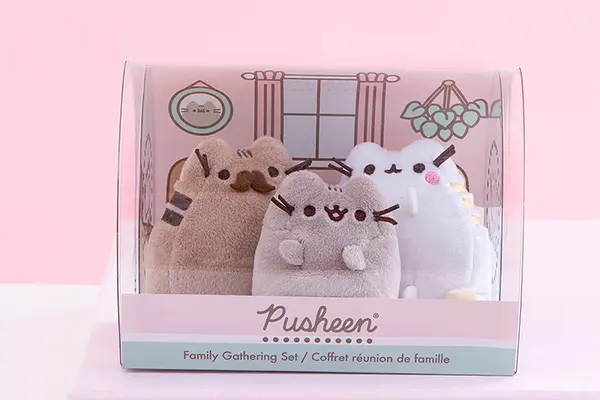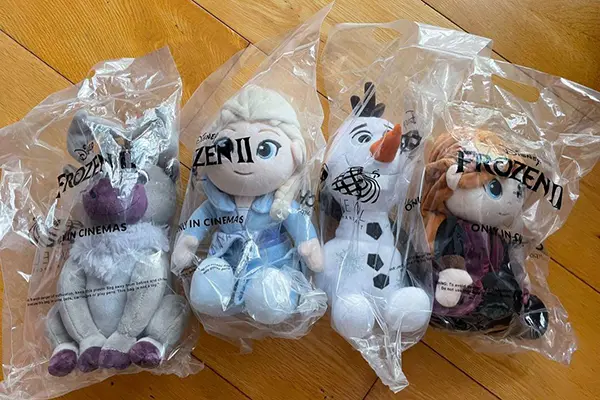How to Package Soft Toys: A Guide to Ensuring Safe and Attractive Presentation
Soft toys are beloved by people of all ages. From cuddly teddy bears to adorable plush animals, these toys bring joy and comfort to our lives. If you run a business that sells soft toys, it’s crucial to package them properly to protect their delicate features and create an attractive presentation. In this article, we’ll explore the best practices for soft toy packaging, ensuring that your products arrive in pristine condition and captivate your customers.

1. The Importance of Soft Toy Packaging
Soft toy packaging serves multiple purposes. Firstly, it provides protection during transit, preventing any damage to the toy. Secondly, it enhances the visual appeal of the product, enticing customers to make a purchase. Lastly, it communicates information about the toy, such as its brand, features, and safety instructions. By investing time and effort into the packaging, you can create a memorable unboxing experience that reflects the quality and care you put into your soft toys.
2. Choosing the Right Packaging Materials
When it comes to packaging soft toys, selecting the appropriate materials is crucial. Here are some key considerations:
Box or Bag? Finding the Ideal Container
The first decision you need to make is whether to package your soft toys in boxes or bags. Boxes offer better protection and are ideal for toys with delicate parts or intricate details. They also provide a more premium feel. On the other hand, bags are lightweight, convenient, and cost-effective, making them a popular choice for smaller or simpler soft toys. Consider the nature of your products and your brand image when making this decision.
Cushioning and Wrapping for Added Protection
Regardless of the packaging container you choose, it’s important to provide adequate cushioning to protect the soft toys during transportation. Use materials such as bubble wrap, foam peanuts, or air pillows to create a protective layer around the toy. Additionally, wrap the toy in tissue paper or a soft cloth to prevent any scratches or friction damage. This extra layer of wrapping not only protects the toy but also adds a touch of elegance to the unboxing experience.
3. Designing an Eye-Catching Soft Toy Packaging
Apart from protecting the toy, your packaging should also make a strong visual impact. Here are some tips for designing an eye-catching soft toy packaging:
Branding and Logo Placement
Incorporate your brand elements into the packaging design. Display your logo prominently on the box or bag to create brand recognition. Use colors and fonts that align with your brand identity. Consistency in branding helps customers associate the packaging with your business and builds trust.
Captivating Imagery and Graphics
Consider using high-quality images of the soft toy on the packaging to showcase its cuteness and appeal. Use engaging graphics and illustrations that resonate with your target audience. Remember, the packaging should evoke emotions and create a desire to own the toy.
Clear and Informative Text
Include clear and concise information on the packaging. Highlight the toy’s unique features, benefits, and any safety instructions. Use easy-to-understand language to communicate with your customers effectively. A well-written description can help customers make an informed decision and give them confidence in their purchase.

Conclusion
Packaging soft toys is an essential aspect of selling these delightful products. By selecting the right materials, providing sufficient protection, and designing captivating packaging, you can enhance the overall customer experience and drive sales. Remember, the packaging is not just a means to deliver the toy; it’s an opportunity to create a lasting impression and build a connection with your customers.
FAQs
Q: Can I use eco-friendly materials for soft toy packaging?
A: Absolutely! Using eco-friendly packaging materials is a great way to show your commitment to sustainability. Look for biodegradable or recyclable options such as cardboard boxes, paper bags, or cornstarch-based packing peanuts. Not only will this resonate with environmentally conscious customers, but it will also contribute to reducing your carbon footprint.
Post time: 02-18-2024

